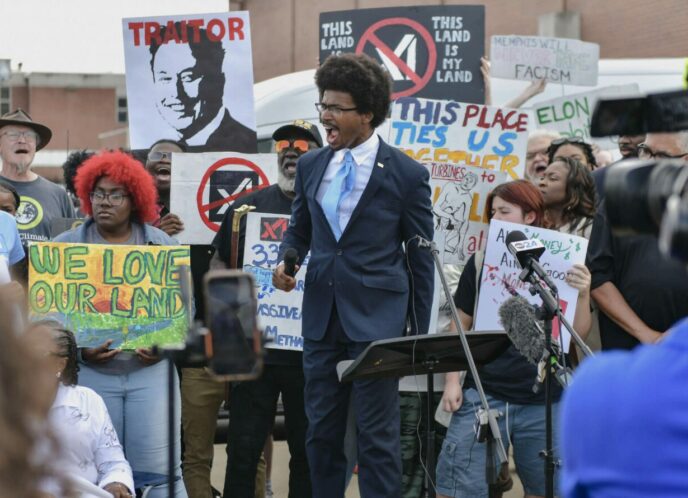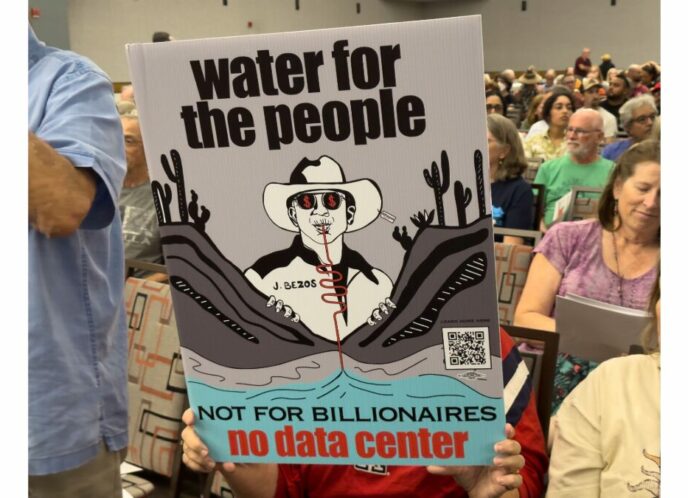Once you’ve identified your frames and messages, you might be tempted to string them together in a press release and consider your work done. But no one likes to be lectured, and no one is moved to action through messages alone. Frames and messages must be communicated through images and narratives that people can identify with.
We all learn through stories. Think of folk tales and pop culture legends—like David and Goliath or Star Wars. Stories like these have mass appeal because they’re about sympathetic characters caught up in conflicts we can all identify with. As audiences, we root for the “good guys” and hope the “bad guys” learn their lesson. These lessons connect to morals of the story that appeal to widely held values of right and wrong: it’s wrong for powerful giants to bully little people; it’s wrong to build empire by wiping out entire villages (and planets) or destroying their way of life. Solutions follow from these morals: strategy and smarts can be mightier than size and brawn; forming alliances for the common good is better than authoritarian military rule.
By packaging your messages in a well-framed story, you can convey history, political context, and institutional solutions through morals that move audiences to action. While stories have often been used as mechanisms for social control, organizers can use stories to show that progressive change is necessary, possible, and irresistible. Follow these steps to creating stories and symbols that communicate change.
• Develop a “big idea” frame. If you haven’t already, try coming up with a big idea frame that captures your values and the change you want to make (see CMJ’s how-to on framing and messaging for more on this). Your story frame should convey this big idea.
• Create a story frame. All good stories contain four main ingredients: characters, conflict, setting, and solutions. Ask yourself: Who are the main characters? Who are the good guys? Who are the villains? Who are supporting characters? What scene are you trying to set? What’s interesting about the scene? What’s the conflict, new development, or unexpected plot point? How does the story get resolved? What’s the moral? What are the solutions and who’s responsible? What images illustrate this story?
• Develop images and symbols to illustrate the story. What photos or symbols capture this story in one graphic? Don’t think literally; think in metaphors. For example, Little Red Riding Hood’s red cape was a symbol of deviance. In social movements, the Black Power fist is a symbol of collective resistance and cultural pride.
• Add a news hook. What anniversaries, holidays, or developments in local, national, or international news can you hook your story to? For example, if your story is about the need for new legislation to protect against racial profiling, you could hook your story to Martin Luther King, Jr. Day, the National Day of Protest Against Police Brutality (October 22), or recent local cases of racial profiling.
• Identify your main characters. Identify people in your community whose personal experiences reinforce your story frame and who are willing to share their story. Often, the people most affected by your issue are your most powerful spokespeople. Refine you story frame together by asking them to tell you their personal stories and adjusting the frame to reflect the reality of their lives.
• Test your story through role-plays. Practice telling the story to your cousin, sister or mother—anyone who’s not involved with work on your issue. Ask them what they think the moral of the story is, who they sympathize with, and what action they feel moved to take, if any. Revise your story based on their responses.



